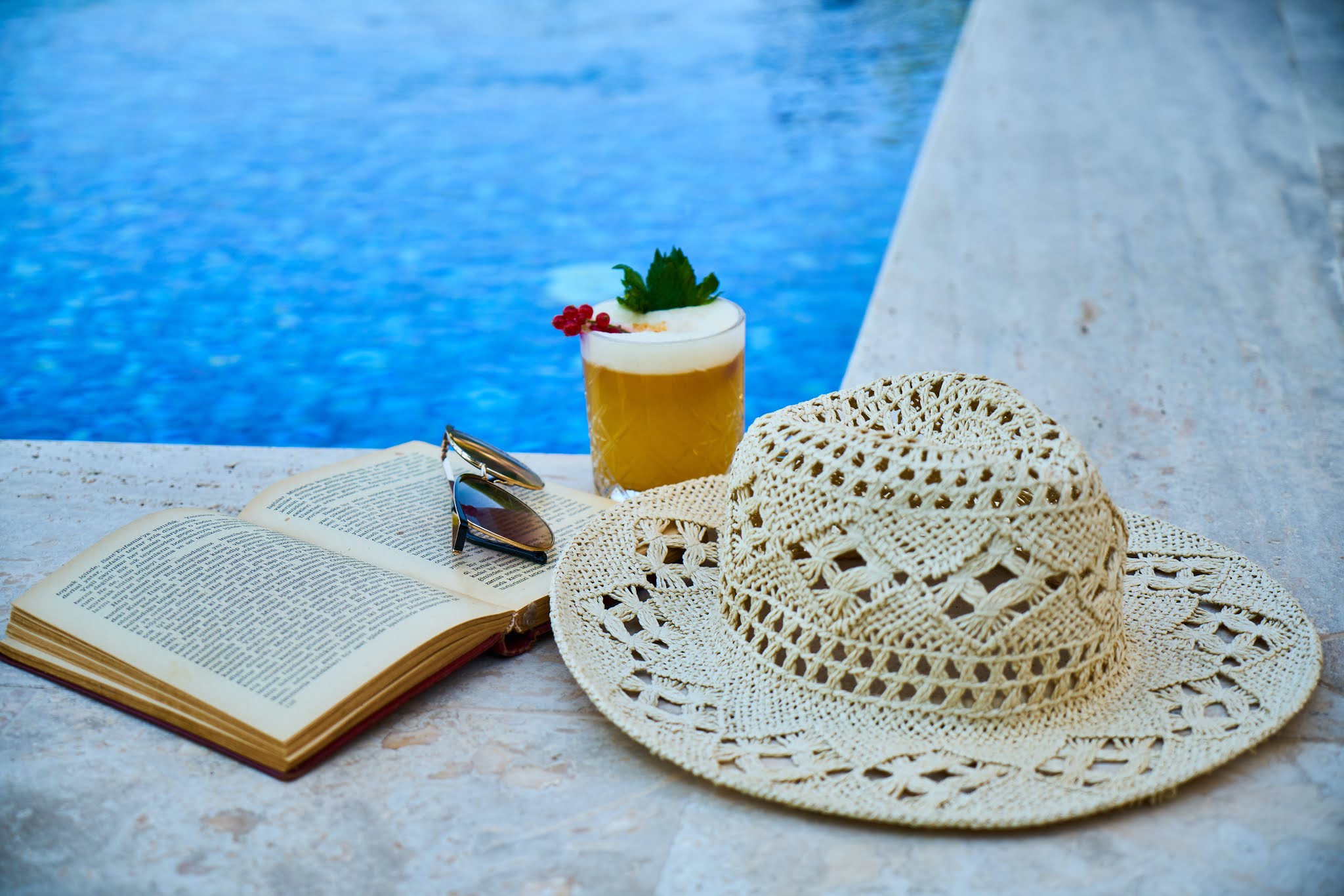When it comes to construction, bluestone is one of the most widely used stones because of its wide range of use in construction. They are appealing and can withstand all-weather conditions due to their durability and strength. Thus, bluestone pavers in Melbourne are widely used for landscaping purposes. It can provide that natural feel to your property without compromising on aesthetics.
Bluestone is used for retaining walls, wall cladding, water features, pool coping and patios, paving, driveways, kitchen countertops, fireplaces, etc. But there is one issue with bluestone and that is its stain retaining nature. Unlike granite pavers in Melbourne, bluestone stains fast. Also, the stain removal process is difficult, and if you aren’t aware of the proper method, you can end up damaging it.
So, anyone owning an item made of bluestone needs to be aware of stain removal tips. For starters, before diving into a cleaning spree, you need to identify the type of stain. The stains can be oil-based, organic, metallic, ink-based, acid-based, paint based or biological types. By identifying these stain types, you can apply the proper stain removal method to clean the bluestone.
- Oil-Based Stains
Any stain caused by some sort of oil will get darken overtime, and if left untreated, it can permanently stain the bluestone. That is why it’s important to dissolve it chemically. For cleaning, you need oil solvents that dissolve the oil and makes it easy to remove the stone. These solvents don’t damage the stone in the cleaning process. Any solvent based on diluted acetone or mineral spirits can do the job. Apply the solvent on the stain, clean it with cloth and once it’s done, rinse the entire surface with water to remove all the remnants. - Organic Stains
As the name suggests, any stains created out of natural products falls under such a category. The most common organic stains include tea, coffee and wine stains. Also, tree leaves, barks, bird droppings, etc., fall under organic stains as well. These types of stains are generally occurring on the surface of bluestone pavers in Melbourne, as they are the prime landscaping option. To clean that up, use hydrogen peroxide or mild ammonia to remove the stains. Unlike metallic stains, these stains are easy to remove. Thus, you don’t need hard chemicals to treat them. - Metallic Stains
When it comes to stubborn stains, metallic ones are hard to remove. These types of stains can permanently scar your bluestone if kept untreated. For such stains, you have to use hard chemicals and need to rub them hard with a cloth. While doing it, make sure that you don’t overdo the rubbing part, as it can damage the sheen of the stone. At the end of the process, if the stains are still visible, then nothing else will work. You need to accept the fact that it is permanently stained. - Biological Stains
Unlike organic stains, these stains are caused by living organisms, such as moss, fungi, mildew, algae, etc. All the bluestone fixtures that are installed outdoors are more susceptible to these types of stains. If you attend them quickly, these stains can easily be removed. A diluted soap solution will do the job. For tough stains, you can use a little amount of bleach or ammonia for stain removal. While using it, make sure that you are keeping the quantity in check. - Ink stains
Ink stains become an issue when it falls on a surface which can absorb liquid faster. And when it comes to ink stains and bluestone, the chances of it getting affected is rare if the ink spillage is mild. The only ink that can stain the bluestone is permanent marker pens or a bigger amount of ink spillage. To clean such stains, you can use mild acetone or lacquer thinners. Apply it on a cotton cloth and mildly rub the stained surface. - Paint stains
Paint stains are a common affair on the surface of pavers in Melbourne, as they are placed outside. Now, small paint stains can be eliminated either by scraping them with a blade or by using lacquer thinner. But, in case, the paint that has spilled on the bluestone surface is in large quantity, then you’ve to use commercial liquid paint remover. You can buy it from nearby hardware stores. While treating such stains, never use any type of acid or flame tools, as they can permanently damage the stone surface.
All the rest of the small stains like water rings, smoke and soot or any such easily removable stains only need a wet cloth and clean water. These stain removal tips can prove to be lifesavers for any bluestone installed on your property. If you want to remove some of the vulnerability from the above-mentioned stains, then you can go for travertine pavers in Melbourne.









Social Profile